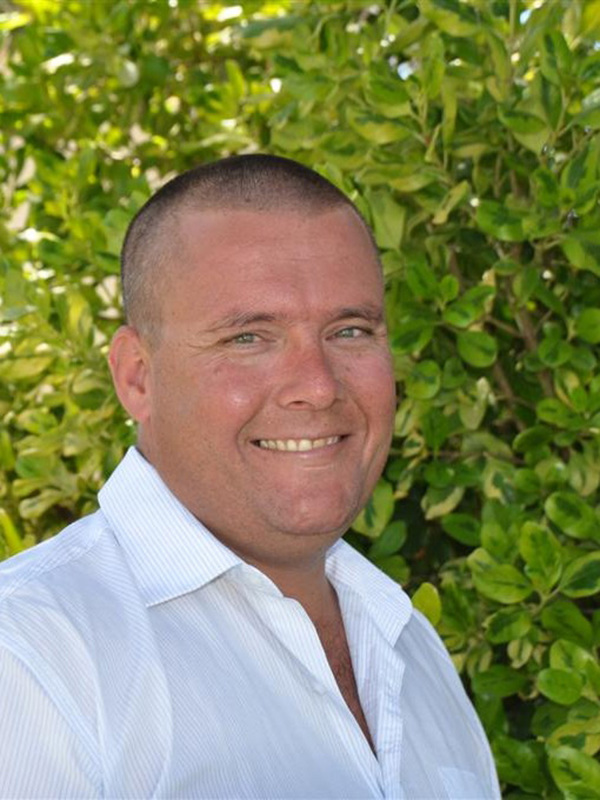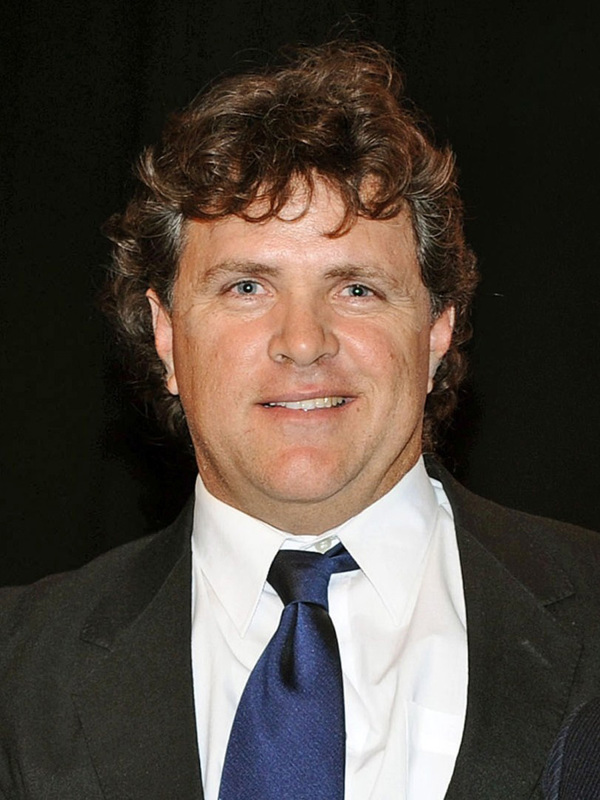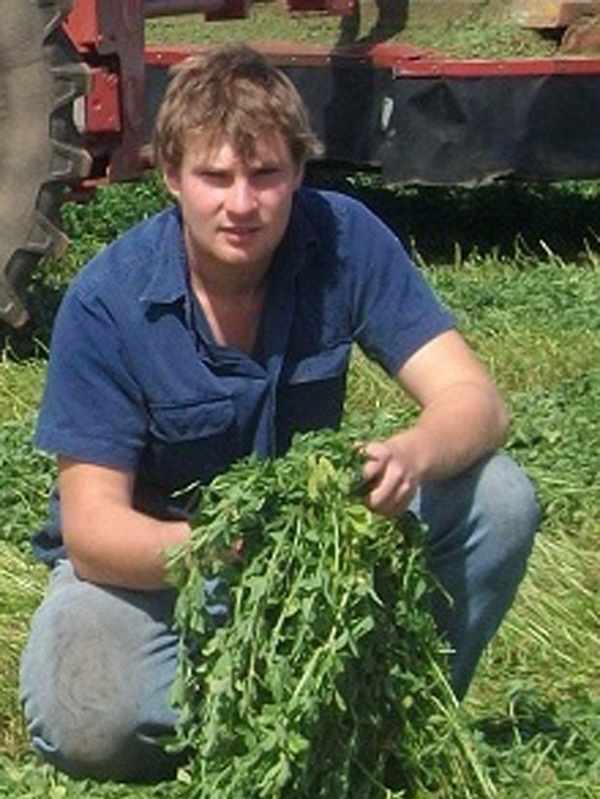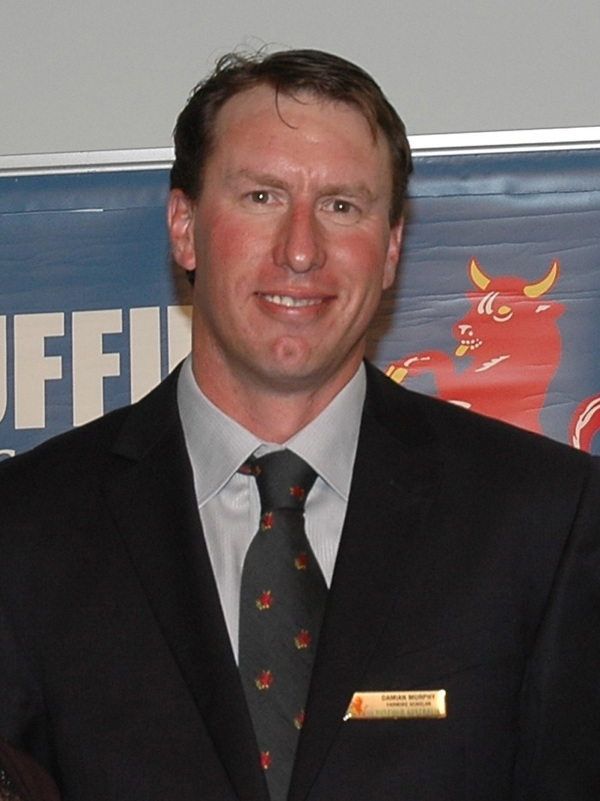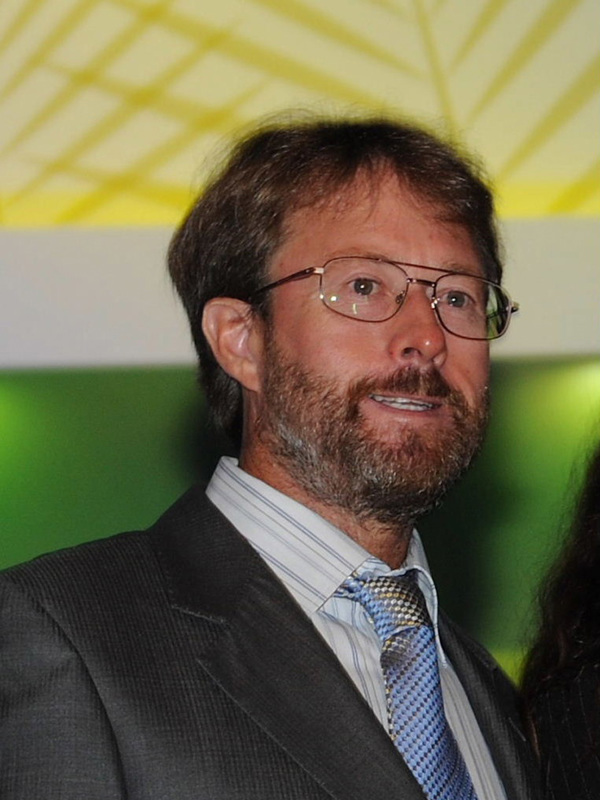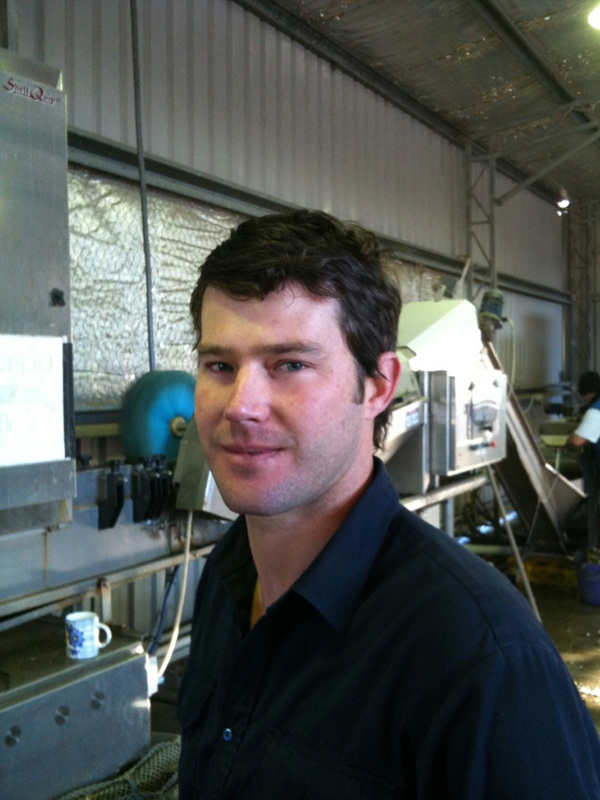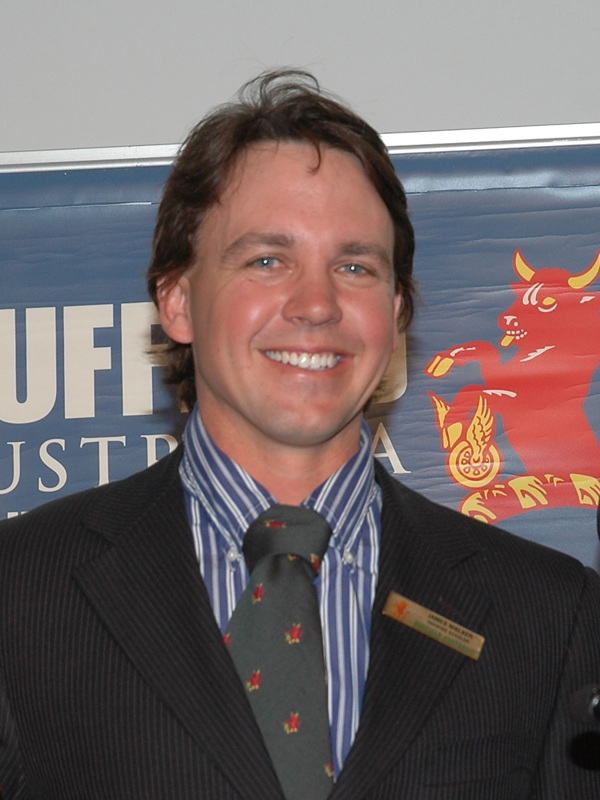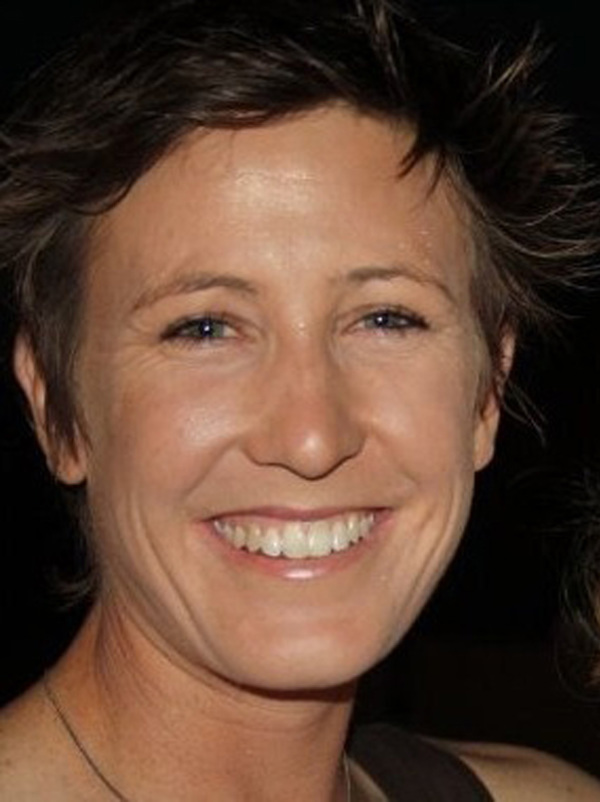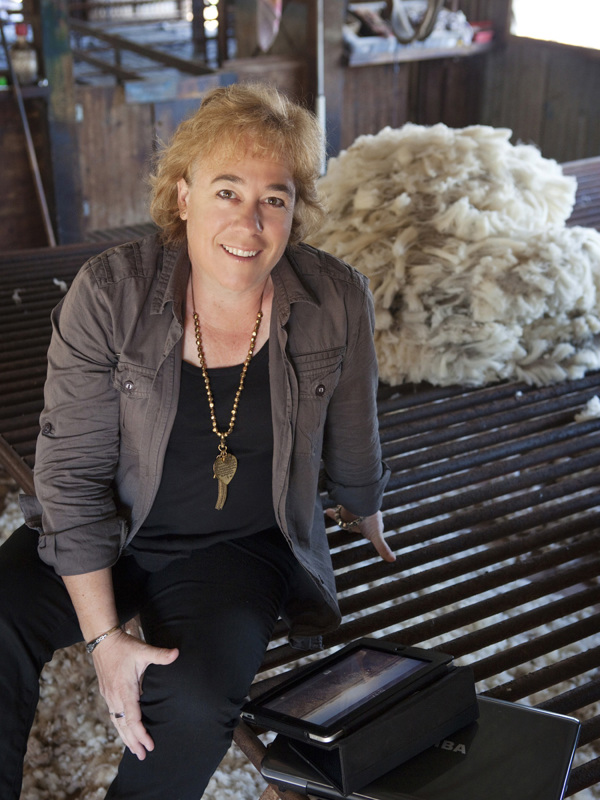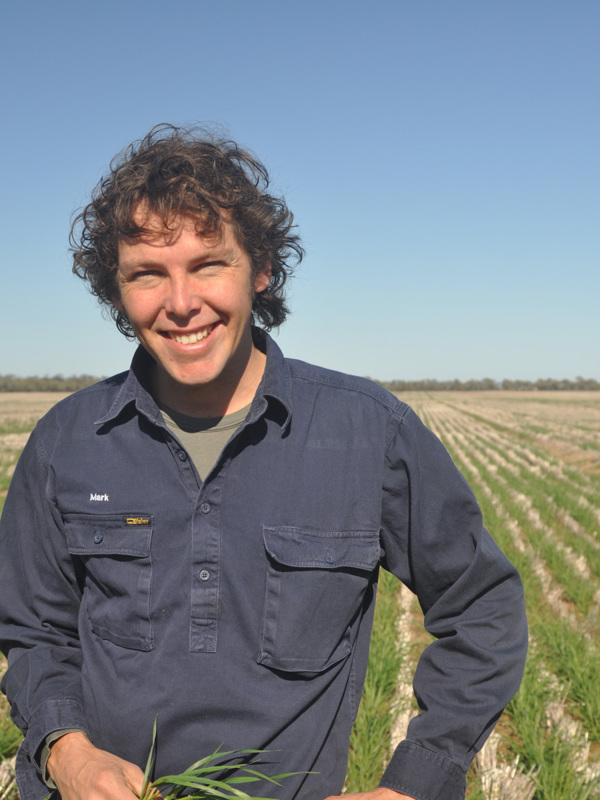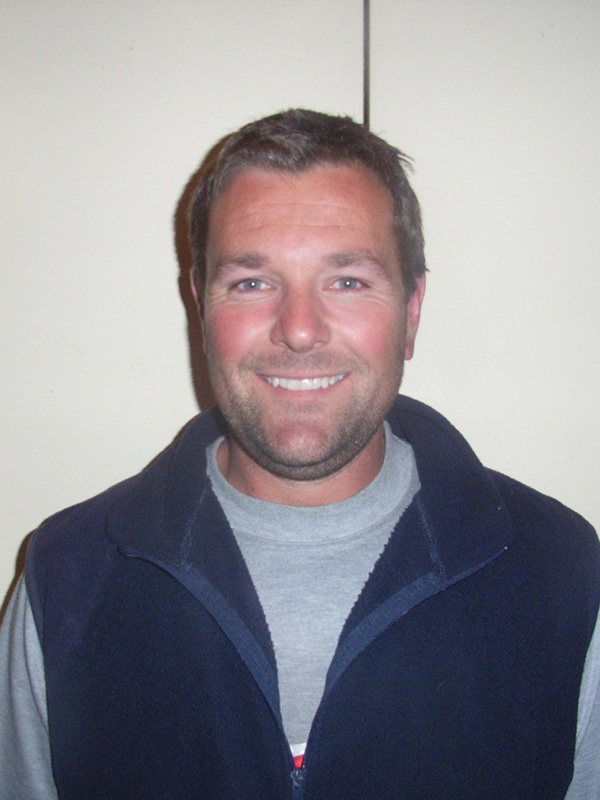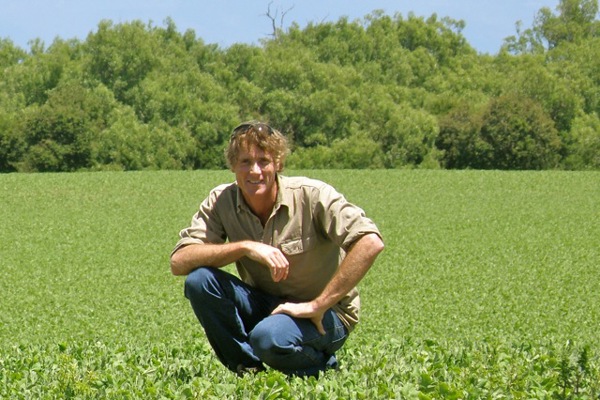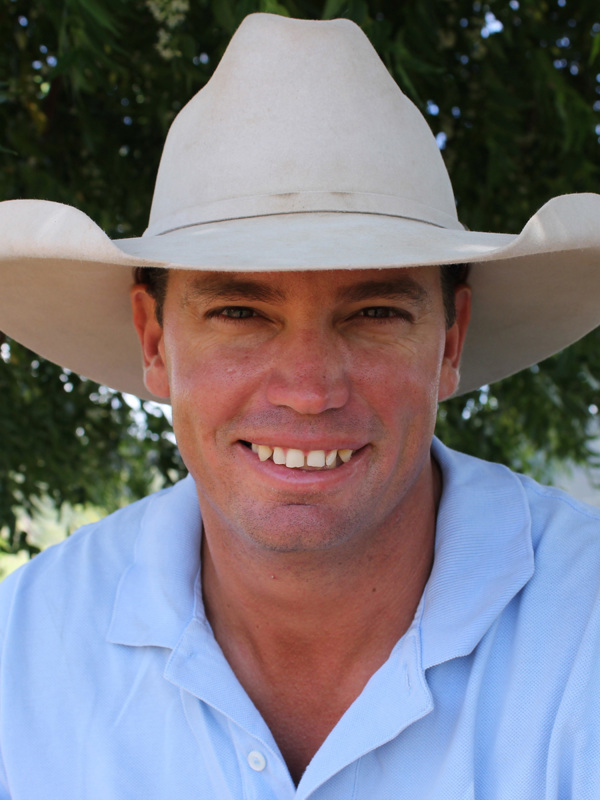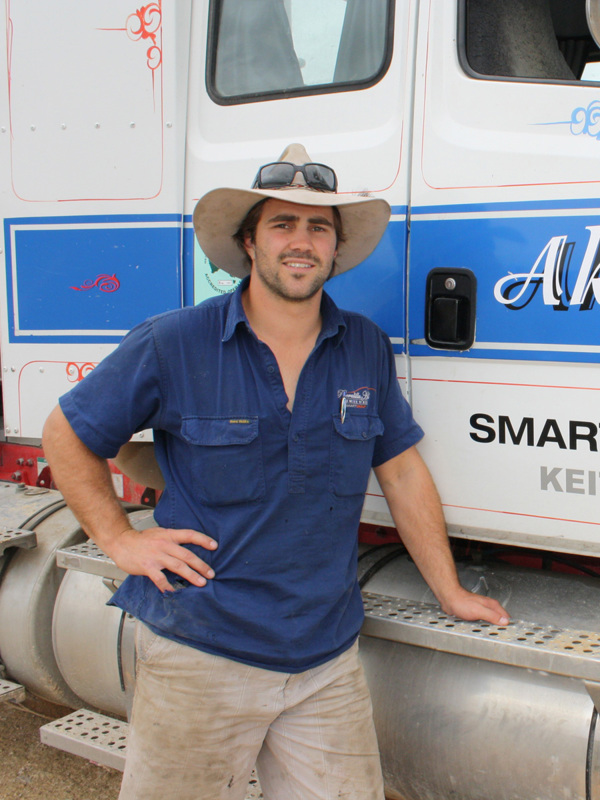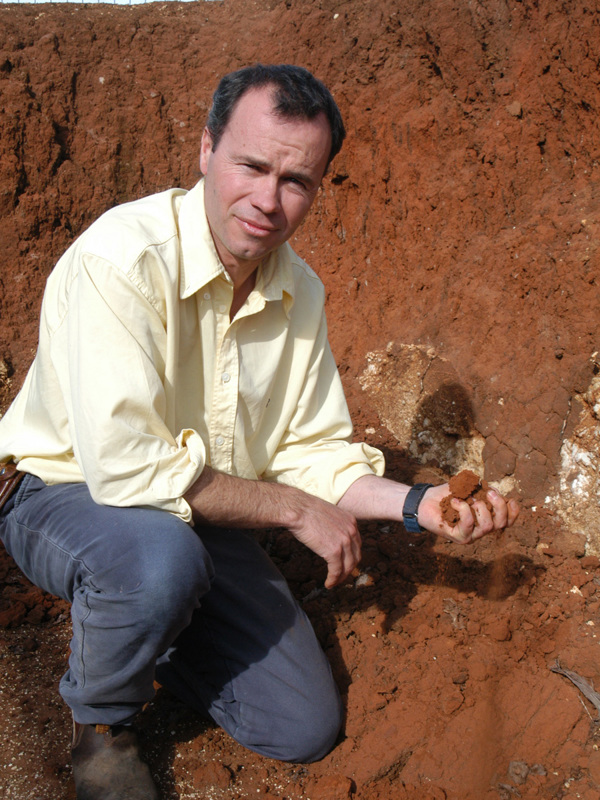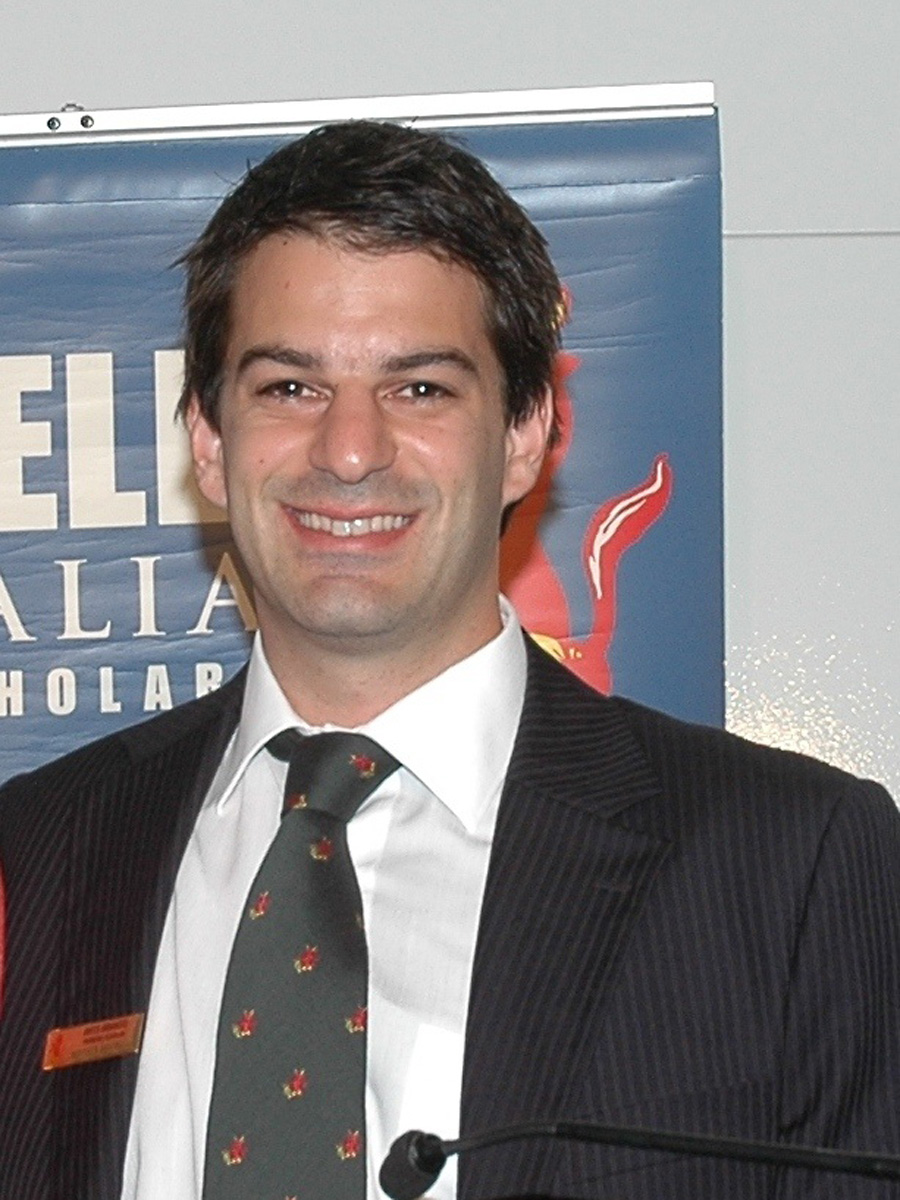
Rhys Arangio

There’s plenty of hard work involved in primary production, so to see the fruits of your labour disappear from literally under your nose is hard to take. However that’s the situation the Australian Patagonian Toothfish industry might find itself in, with potential whale depredation looming – where whales literally steal fish straight off the hook. However, thanks to Rhys Arangio, who works for Austral Fisheries in WA, there may be a solution following a year of travel and study.
“In 2011 we saw our first instances of whale depredation in our toothfish fishery and after sitting down with the management team at Austral Fisheries and discussing what might be the best options for a Nuffield topic, we settled on whale depredation. I was lucky enough to travel to Norway, Chile, France and over to the west coast of North America – Alaska, Vancouver Island, and down to California as well,” Rhys explained.
While travelling, Rhys spoke to a range of stakeholders, including commercial fisherman, government, scientists and gear manufacturers.
“I sourced out those fisherman or scientists that had been involved with depredation already, to see what they were doing to combat this issue in their fishery and therefore see what might be the best fit for us moving forward. They were doing a whole range of things – whether it be avoidance tactics by changing fishing technique, acoustic devices which aim to distract or deter the whales away from the vessel, the use of traps which completely eliminate whale depredation and I also saw different types of modified longlines as well. We have worked extensively with traps over the years, although unfortunately they are not as efficient in fishing for toothfish as longlines. Since my Nuffield trip last year we undertook another full trapping trip last summer, and although there was improvement in catches and operational efficiency, there still wasn’t enough improvement to warrant further trapping trips in the near future, so this option has been put on ice in the short term at least. There’s also the use of acoustic devices, and one I think would be particularly useful is an active decoy – distracting the whales, deterring them away from where we’re actually fishing,” Rhys explained.
He believes there is also merit in using listening devices, or hydrophones, to map where and when the whales are visiting fisheries and then using that information to avoid those areas at certain times of year.
“As a prequel to this, we have now started to map where and when we are seeing whales across the fishery, and over time this will start to paint us a picture about the areas the whales tend to frequent,” he says.
Rhys says in terms of potential benefit to industry, it’s not so much about what can be gained as it is about avoiding losses.
“It’s probably more about opportunity cost if depredation does increase in our fishery. We’ve only seen sperm whale depredation on the one occasion, but on average, when this behaviour is instilled within a population, they’ll be taking about five per cent of the catch and if we equate that to what we’re doing, that works out to about $1.5 million annually across the fishery. So if we can understand what the whales are doing at different times of the year and avoid these areas, then they whales won’t have the opportunity to develop this skill, and the depredation issue won’t evolve,” Rhys says.
He says while the year of travel was a great experience, the long term benefits will continue to be felt.
